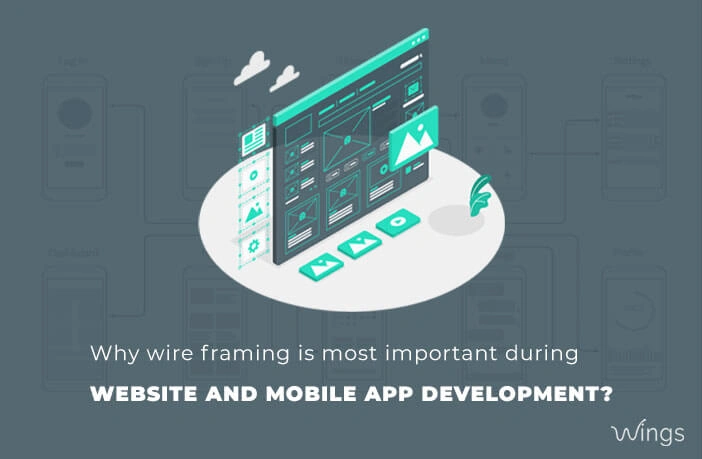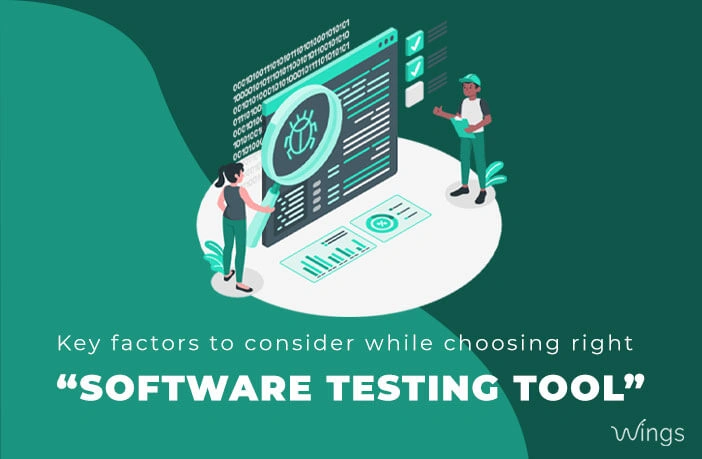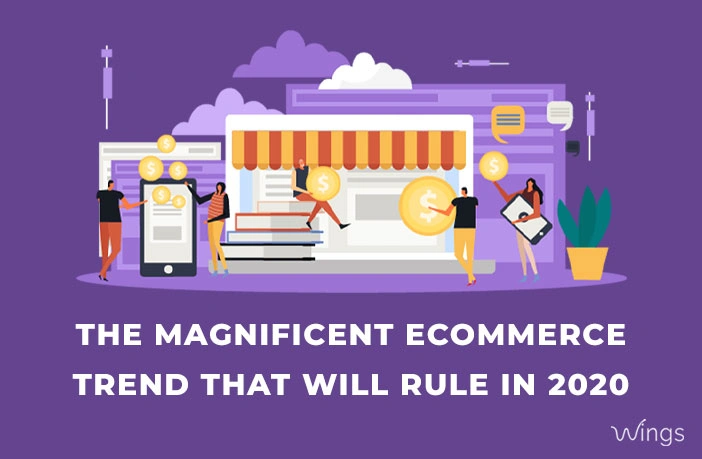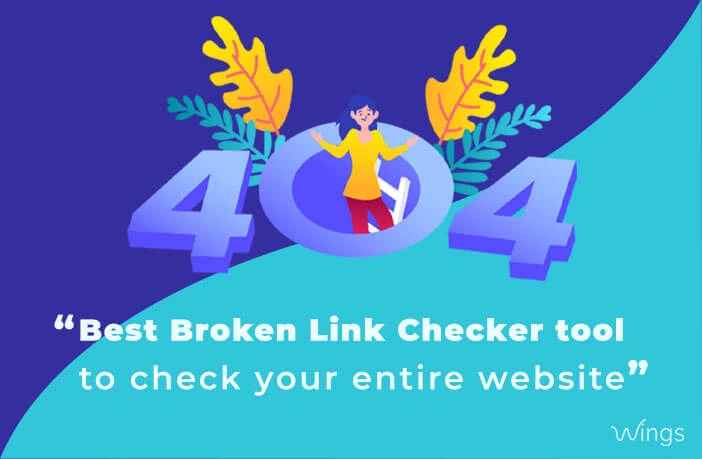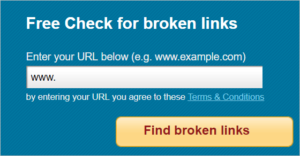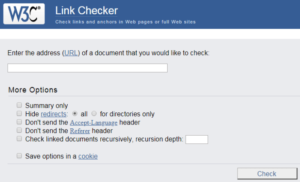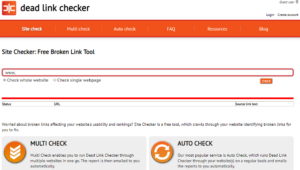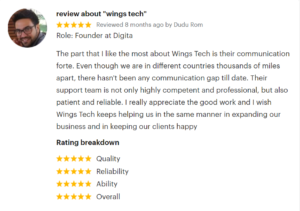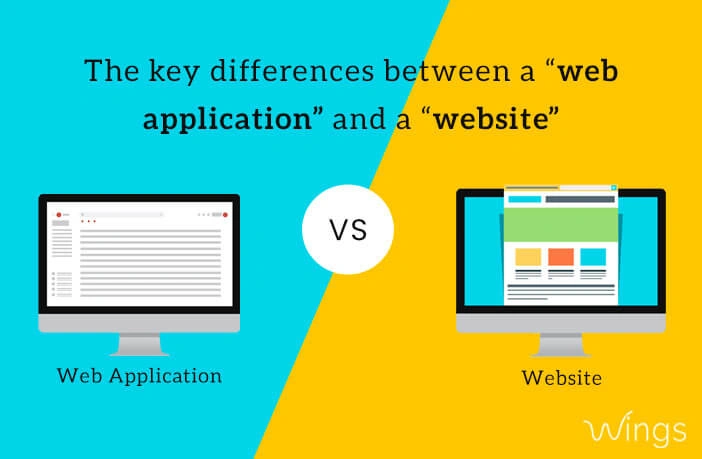Nowadays, mobile phones have become one of the most important parts of our life. It is so an addictive device that traps a soul into a lifeless planet full of lives. Basically, it is a wonderful communicative tool used by all age group people, especially by the young generation. For them, without smartphones, they feel so incomplete and it has become the need of the hour. It is a plethora of information resources within your palm of the hand.
Today’s technology is changing with the blink of an eye which you could think of in dreams only. Technology has changed according to the way humans interact with gadgets for their entertainment. Today our lives have been facilitated by a myriad of adaptive applications running on different devices, keeping track of everything we do, and we are feeding big digital brains that can adapt applications as per our needs.
It is also playing a huge role in e-commerce. E-commerce has changed the world into 24/7, 365 days of buying and selling things online. Nowadays people want stuff more effortlessly, instead of buying over store they prefer to choose a single tab on their smartphone and it will be delivered to their doorstep. How glorious an age we live in. Ain’t that what dreams are made of?
The e-commerce world is growing fast. So to maintain your brand stable on the top, you need to keep analyzing and adopt new trends in a timely manner to drive your brand forward with cutting edge technologies. In today’s generation for them, online shopping has become intertwined in all aspects of their daily lives. Let’s talk about 2020, which is going to be so innovative with a complete transformation. The digital noise is getting louder. And the way people are changing their shopping style.
So, let’s take a look on top 6 amazing eCommerce trends that will definitely rule in 2020:
1. Artificial Intelligence
Artificial intelligence takes the business on another level. It refers to human intelligence in machines then it gets programmed to think like humans and mimic their actions. Many businesses started to adopt artificial intelligence (AI) technology as it reduces operational costs, grows revenue and improves customer experience.
AI analyzes search requests, purchase history, product page visits and gives users accurate suggestions according to it. Many to top companies from Google to Amazon aim to become the world’s leaders in artificial intelligence (AI). In businesses, the greatest achievement is that when humans and machines work together. It tries to understand human emotions, tries to comfort them through products based on human mood.
2. Augmented and Virtual Reality
Augmented reality adds digital elements to a live view often by using the camera on your smartphone. The best examples are Snapchat lenses and the game Pokemon Go.
Augmented Reality (AR) is totally changing the game of business by providing the customer with an immersive shopping experience. It gives an option to choose a product virtually by giving a feeling that they are shopping from an actual store but from their home comfort. Augmented reality gives such an opportunity that you can also preview the product before buying them by color and style. Not only this but the best feature is with virtual reality, you can view the image or video of a product in a 3D model with a 360-degree product and let a customer see how it looks if they were actually wearing it. This way AR is providing a higher perspective.
It changes the perspective of online shopping while they intend to buy with an excellent view of the product. We are expecting a lot more businesses utilizing AR to their products and businesses.
3. Transformation eCommerce Voice Search
Voice search has taken the lead nationwide. Voice search is the next gigantic thing in the conversational voice technology of e-commerce. Famous devices by tech giants like Alexa, Google Assistant, Apple’s Siri, Samsung’s Bixby, and Microsoft’s Cortana are highly capable of handling the tasks by your voice effectively nationwide. Just by your voice, you can give a command like calling a friend, send messages, play songs and even you can use in e-commerce trade.
Today, kids do not like to type longer things, especially those 5-10 years of age who don’t know how to write, they straightforwardly ask Siri or Cortana or Google or Alexa and get their work done. This fundamentally means that people started switching towards voice-based content.
E-commerce has completely changed the way of shopping by providing a voice search option on their website. Any individual can use their natural language in a search query that is to be understood by the search engine and help you bring your desired products. It is making our lives even simpler and faster, the voice-controlled search is set to drive your eCommerce business in 2020.
4. Customer Journey Will Get More Personalized
Personalization is another gigantic big trend for every eCommerce. The whole game depends on how you are showing individualized offers, product recommendations, and other content recommendations based on browsing behavior, past purchase, demographics, and psychographics.
The outcome will be more precise and segmentation is key to getting personalization right. Make sure you keep your client in trend and try to invest in innovative personalization tactics to create a more luxurious online shopping experience to enhance client loyalty.
The experts say that the future of e-commerce will undoubtedly be more personalized. Serving personalized experiences in the result of the product and recommendations based on the clients’ journey.
5. Shoppable Socials
Social Media is a “squeaky wheel” that gets in oil. These days, social media waits for no one, you can say that is an idea generator. Nowadays, people are getting more socially engaged in social commerce without any doubt from Facebook to Instagram, they can easily be hooked with brightly colored graphics on their favorite social platform. It maps the strategic compass for all of our online business ventures.
People more like to trust social commerce because of the influencer increase towards the product. Social media is a powerful aspect of our daily lives, and where you can grow your online business. Basically, social networks trend to online marketplaces to gain more traffic and new leads. People are spending a ton of time on social media scouting different platforms. Online businesses help their clients and reach their targeted audience.
The top brands started to sell on social networks with Twitter, Facebook, and Instagram. People feel comfortable purchasing through social selling by their dream companies. Social selling has more influence than peers. On social selling, people can refer to previous comments and likes regarding the product, people can judge the product whether to buy or not? It really helps to keep people updated on daily bases.
6. Customers Engage With Subscriptions
A subscription comes with new and exciting offers, enticing clients by offering various options like personalized boxes, gifts or discounts that will be right to their door. From food boxes to medicine and from pet products to makeup. This is a booming business model worldwide and brings millions of people to a single platform. People have started adopting methods of subscription.
Subscription plans come with numerous advantages for their clients because they made it easier to predict fulfillment needs according to their requirements and choice and this way it helps to keep a client for a long term period.
Some experts caution that clients are growing more knowledge towards multiple subscription services on their budgets, so they may be more choosy in the future. Today top business e-commerce leaders like Amazon, Netflix, Dropbox, Shopify, Zomato, etc are booming the growth in revenues due to Subscription models.
Conclusion
These were the new lookout for the next-gen e-commerce trends in 2020, these will definitely change the look and feel for online shopping by providing the best experience for both buyers and sellers. You just need to pick the right one or two elements that impact on your business from AI software to the subscription box model. Any of them can be implemented easily. Are you looking for technological solutions? Want to get an e-commerce store ready for the next festive session? We are ready to help you. You just need to drop a message here, we’ll get back to you within 24 hours.

